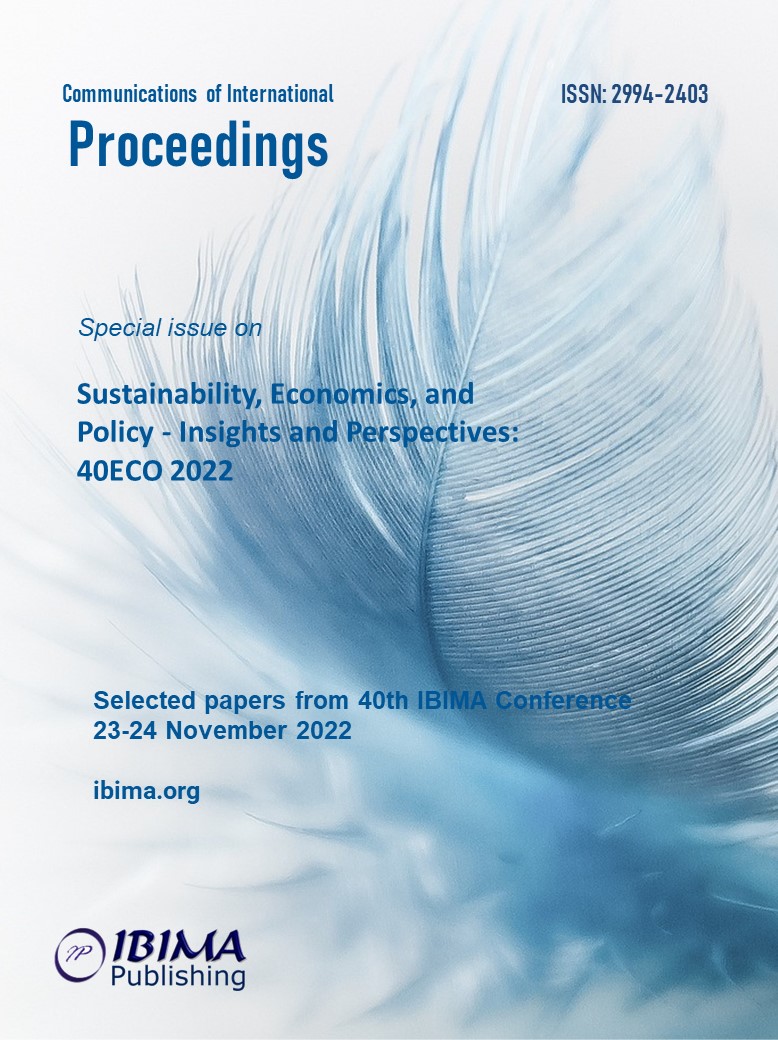
Dariusz Kloskowski
University of Technology in Koszalin

The data that come from the real estate market is very often spatial in nature, so it should be natural to be interested in geostatistical methods when processing them, taking into account such attributes as: the location of the property, the impact of the neighborhood, or the distance from key places of culture, communication or environmental aspects. However, bearing in mind undeveloped areas, an important element should be to show their values as potential dependent variables in the decision support system, mainly in the business-related area. The above became the determinant of the analysis of the real estate market in the article, showing the spatial diversity of real estate, which is part of the imperfection of the real estate market, as one of its basic features. With the use of available geostatistical methods, the study presents areas (gaps) that should indicate potential investment areas with an estimation of the value variable.
Interpolation estimation of data specified in the study was taken into account based on research material from the seaside real estate market of the Tri-City (Gdynia-Sopot-Gdańsk). Data from real estate agencies showed the imperfections of the real estate market with the simultaneous impact of a variable determined by the intensity of population movement in specific directions.